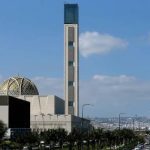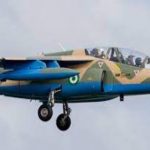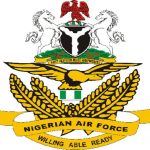The Nigerian Air Force has undergone significant evolution over the past 60 years, marked by growth in size, capabilities, and strategic importance.
TVC’s Senior Correspondent, Sifon Essien captures the milestones in its development and its quest to become the second largest Air Force in Africa, in two years.
The Nigerian Air Force was established on April the 18th, 1964, following the passage of the Air Force Act 1964.
Early training and support were provided by countries like Germany, India, and Canada. The focus was on developing a foundational structure and training personnel.

After the Nigerian Civil War in 1970, the Nigerian Air Force expanded rapidly, acquiring more aircraft and developed infrastructure to support an independent air force.
The next 10 years saw the acquisition of a diverse fleet, including MiG-21 fighters, SEPECAT Jaguars, and transport aircraft like the C-130 Hercules.
There were several reorganization of its structure, while bolstering its training, aircraft and equipment maintenance capacity.
In the past five years, the Nigerian Air Force has taken delivery of several aircraft types, Unmanned Aeriel Vehicles and boosted its equipment holding.
The service is aspiring to become the 3rd largest in Africa within 2 years.
Currently, Egypt has the largest and most powerful air force in Africa, with more than 1000 aircraft.
For the Nigerian Air Force, its 60th anniversary celebration presents an opportunity to close the gap.
This Jumu’ah prayer in Abuja is part of activities to mark the anniversary.
Beyond the ceremonies, there’s mounting pressure for the Nigerian Air Force to live up to its mandate of safeguarding the sovereignty and protecting the territorial integrity of the country.














